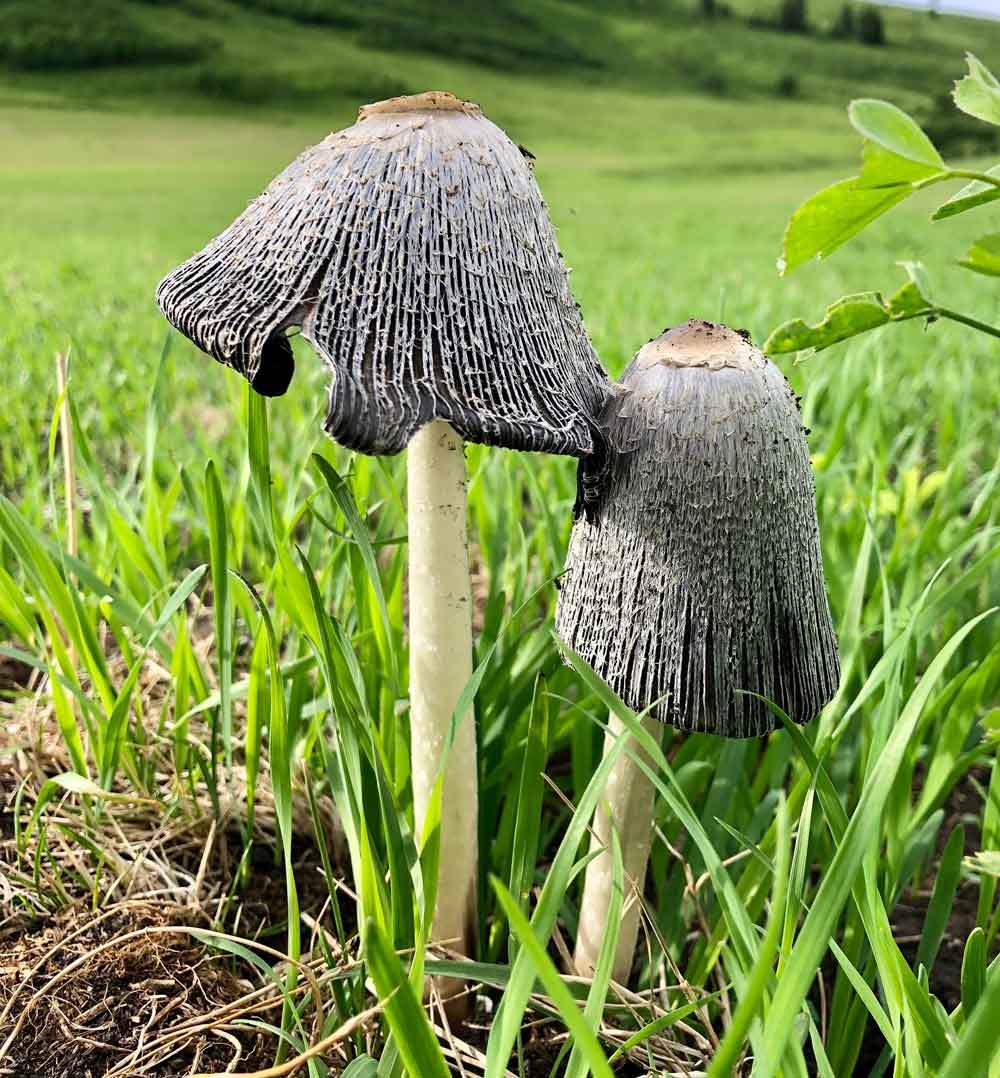The Prairie Conservation Forum’s Occasional Papers Series is intended to make a substantive contribution to our perception, understanding and use of our prairie environment home. The series offers an alternative to journals to those who would like to get their message into the hands of a wider audience, including landholders, industry representatives, environmental advocates, farmers, ranchers, government and non-government resource management professionals and members of the broader public who are interested in wise land use and conservation of biological diversity on the northern prairies.

Photo By Katheryn Taylor
The Rules of the World
Francis Gardner is a third-generation rancher and runs the Mount Sentinel ranch in the fescue grasslands between the Porcupine Hills and the front ranges west of Nanton, Alberta. He has worked with numerous environmental, government and producer groups to protect and enhance wildlife. He has always been willing to share his knowledge and perspective of ranching with the public. Francis was the inaugural winner of the Alberta Cattle Commission’s Environmental Stewardship Award in December 1992.This Occasional Paper is based on a speech given by Francis to the Prairie Conservation Forum in May 1993. Francis contemplates the biophysical realities that underlie the stage upon which humankind plays and reflects on the importance of having landholders who ‘understand consequences’ if we are to achieve a societal sustainability in which our native prairie heritage has a future.
Download PDFPrairie Ecosystem Management: An Alberta Perspective
This paper provides a framework for applying the ecosystem management concept to a prairie ecosystem setting. Native prairie ecosystem dynamics are identified and discussed in terms of the range of variation of disturbance regimes. Anthropogenic effects of different land uses on ecological processes and variation are detailed. Indicators of ecological and economic sustainability are identified and four principles of ecosystem management are suggested. How this paper came about and the role of key players is described in the document’s Preface.
Download PDFThe Prairie Landscape: Perceptions of Reality
Dr. John Dormaar is Emeritus Principal Research Scientist at the Agriculture and Agri-Food Canada Research Centre in Lethbridge, Alberta. John is a soil organic chemist by training who has extensively researched the effects of cultivation and range management practices on soil organic properties. John’s interest in biotic and abiotic soil formation factors and his love of the outdoors has also led to an interest and expertise in archaeology, especially the relationship of aboriginal people to the landscape in which they lived and he has produced an extensive body of work on vision quest and other archaeological sites in the southern Rockies, the Sweetgrass Hills and the Milk River area.
Dr. Russel Barsh holds a judicial doctorate from the Harvard Law School and has been an associate professor of Business, Government and Society at the University of Washington, Seattle and an associate professor of Native American Studies at the University of Lethbridge. He is currently an Adjunct Professor at the New York University School of Law. He is a Fellow of the Society for Applied Anthropology, was a member of the Royal Commission on Seals and the Sealing Industry in Canada and is the UN representative for the Mi’kmaq Grand Council.
This Occasional Paper is based on material synthesized by John and Russel for a module they presented on ‘The Cultural Environment’ for a senior level course on Prairie Conservation delivered at the University of Lethbridge. In it they contrast the world views of North American settlers (European, Judeo-Christian tradition) with that of native peoples (aboriginal spirituality); arguing that the time has come for a new world view so we can move toward a culture that connects rather than devours.
Download PDFMinimizing the Effects of Oil and Gas Activity on Native Prairie in Alberta
Heather Sinton and Christine Pitchford have collaborated in preparing the PCF’s fourth Occasional Paper. Heather is a Land Reclamation Specialist with Alberta Environment where she is actively involved in the development of provincial policy, criteria, and guidelines to improve reclamation and re-vegetation practices. Christine is an Environmental Scientist with Pioneer Land and Environmental Services where she oversees wellsite reclamation projects in southern Alberta. Their contribution to the PCF’s Occasional Paper series is part of a larger collection of materials on the subject of minimizing industrial disturbances and ensuring effective site reclamation (see “About the Authors” for further information). This Occasional Paper has been structured around a series of questions: What are the effects of oil/gas development? What is the objective of reclamation? How can planning be effectively employed in development projects? How can the effects of industrial activity be minimized? What is the role of reclamation in protecting the prairies? What other issues pertain to oil/gas activities on the prairies?
Download PDFSouthern Alberta's Watershed: An Overview
The idea for Occasional Paper #5 – Southern Alberta’s Watersheds: An Overview came from discussion at the international conference “Confronting Water Scarcity: Challenges and Choices” hosted at the University of Lethbridge in July of 2004, and by an increased need for more information about water in southern Alberta. The Prairie Conservation Forum identified this need, and took the opportunity to expand on a background paper already prepared for delegates attending this international conference. This paper focusses more on watersheds, watershed management and provides more substantive information about aquatic environments. The original material written by Bill Corbett and Kim Lalonde was used with additional information being gathered by Cheryl Bradley.
Download PDFThe State of Alberta's Prairie and Parkland: Implications and Opportunities
Occasional Paper #6, The State of Alberta’s Prairie and Parkland: Implications and Opportunities, was written as a follow-up to the analyses and technical report of ‘State of the Prairie: Technical Report‘. The State of the Prairie analyses were focussed on two main questions: what is the current extent of native vegetation/features of the Grassland and Parkland Natural Regions, and, what change has occurred from the earliest datasets (1990) to the latest (2016). This occasional paper aims to provide greater context to the report’s findings and explore the implications and potential opportunities arising from these findings.
Download PDF